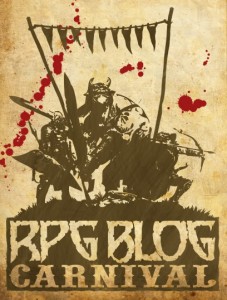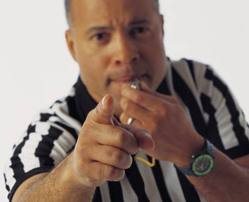In Dungeons & Dragons, as in real life, there are two things that help people succeed where others fail: what you’ve done and who you know. In D&D we already make a big deal about “what you’ve done” and we call it XP, but there never seems to be much emphasis or importance placed on “who you know.”
Who you know can be interpreted in a few different ways, but when I think of this idea I think of all the people you can call on or a favour. This favour might be something as simple as a piece of local gossip or as significant as borrowing the King’s royal scepter. The point is that who you know is an important part of character development. During a PCs adventuring career he will meet many people and I’ll bet that many of them would be willing to help him down the road if the circumstances are right.
However so few players bother to track these potential allies and fewer still ever make an effort to call upon them when they need something. It’s impossible for an adventurer to do everything himself, that’s why he’s part of an adventuring party. But even his four or five closest buddies won’t always have what he needs. This is where contact can become exceptionally useful.

